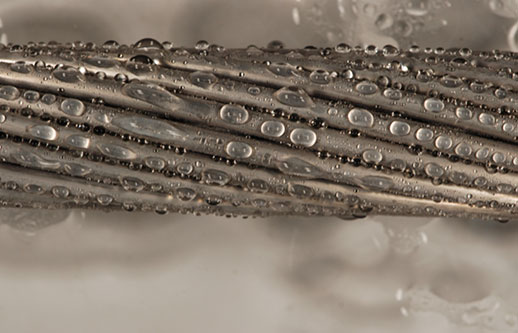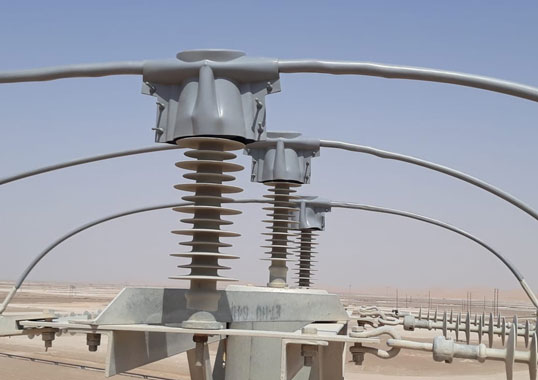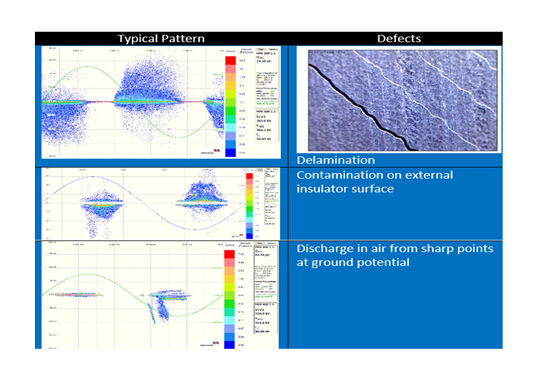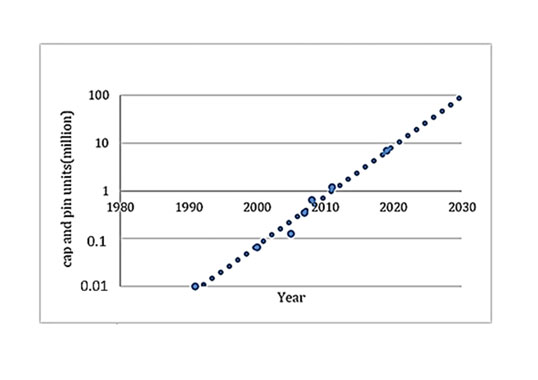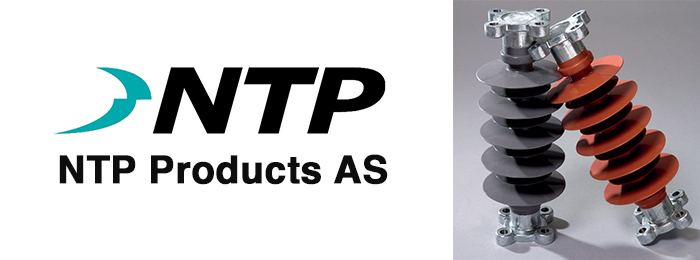Advanced Coatings for Insulators & Conductors by Chris Engelbrecht
Progress in materials science has resulted in development of advanced coatings that can be engineered to provide surfaces with specific desired properties, such as super-hydrophobicity as well as resistance to scratching, corrosion and chemical attack – properties that can prove highly beneficial for application on insulators operating in contaminated service environments. Advanced coatings have also been developed with the ability to repel water and ice from a surface. When hydrophobic, a treated surface repels water, which causes it to bead and roll off. Through this action, water droplets pick up and remove contaminants such as dust, dirt and salt from the insulator surface, resulting in a form of self-cleaning. In cold conditions, another aspect of hydrophobicity inhibits build-up of an ice layer since, when super-hydrophobic, water droplets bounce off a surface rather than sticking to it. This results in short contact time that does not allow water droplet to freeze onto the surface, thereby also inhibiting ice accretion – a property called ‘icephobicity’. Coatings with ice repellant qualities can reduce risk of insulator flashover during winter storms and are also of interest for application on conductors and supporting structures where there is risk of mechanical overload due to ice accretion. In 2013, EPRI began research to investigate the applicability of advanced coatings to power systems and to provide a framework for utilities and network owners to qualify and specify them. This presentation provides a background to the Advanced Coatings for Transmission and Substation Applications project and presents this research.

